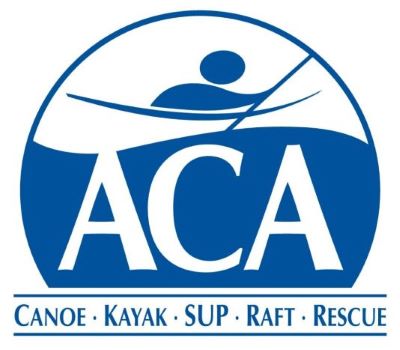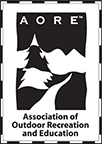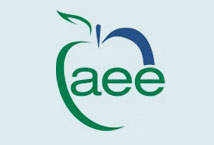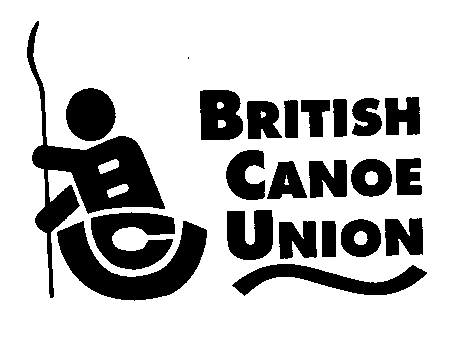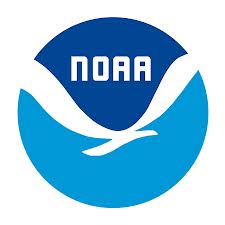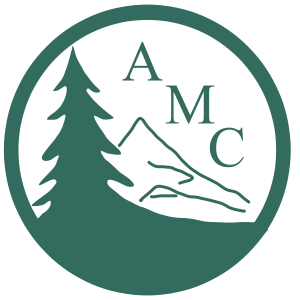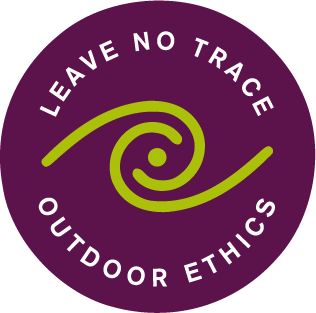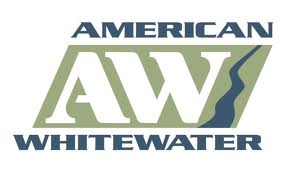Instructor Toolbox
Children's Canoe Classes
Courses for kids shouldn't be scaled-down adult programs. Mix it up, have fun with it and don't be afraid to get wet. When teaching kids how to canoe, try:
- When showing how to use the paddle, have them stand in the water. They can pretent to be boats and paddle themselves around in the shallows
- After getting in boats and a safe distance from shore, consider doing rescues first. Have them swim on, under, and over capsized boats. Make it a game. This helps decrease the fear of tipping over and increases their comfort level in the water. It also burns up a little energy, so when they start paddling, they might not sprint off as quickly
- Start off with 2 strokes to get them going: forward and backward (reverse). With this you can
teach them to go forward, backward and to turn and gets them moving as quickly as possible. You
can add sweeps, draws and other strokes in as they are on the
water.
- Remember, their mission is to HAVE FUN! Support their mission. It may not seem that they're learning much, but kids learn through play. Even if they aren't "getting it" this time, a positive experience will help make sure there is a NEXT time.
- Be silly, be enthusiastic, be corny, and have fun yourself. It's really hard for kids to fulfill their fun mission if all the adults are stressed!
Teaching Declination
Beginners sometimes have trouble grasping the concept of declination on a map. A great visual for
this is the compass rose from a nautical chart. It shows the Magnetic and True directions nested
together. Using it in a class can be as simple as having a reference copy that the class
can see. You can use it for a quick glance to convert between true/magnetic, then use it to check
your math after teaching the math conversion. When students are more comfortable, you can cover it
up and let them practice math or map orientation bearings.
SUP and Boat Balance
There are lots of tips to help improve boat balance, but a great one we've been doing recently is: look where you are going! If you are going forward, look forward and up toward the horizon line, when turning, look in the direction of turn toward the horizon line. If you are looking down at the water, you might increase your chances of ending up in the water. It's a quick, easy to teach concept and works really well with SUP balance.
Verbal check-ins with kids
Checking in with kids often needs to be more specific than with adults and you should ask questions
that have easily measured answers. Some examples:
Instead of "who's cold", use one of the following: "look at your neighbor - are their teeth
chattering?", "Who has legs/feet/hands that look blueish?", "Put your hands on your neck. Whose
hands feel really cold?" When hiking and checking for hot-spots, have everyone
take off their shoes and inspect each others feet for red spots that don't go away after a minute or
so. For remote areas, don't forget to reinforce/check in about basic functions! Have scheduled water
breaks and give them a number of drinks to shoot for.
When taking bathroom breaks, have everyone go to the bathroom instead of asking if they need to go.
If camping out in a remote area and using a cathole is a concern, have an award for First To Go.
This more direct route decreases the amount of subjectivity in
the answers and can help kids take the breaks they need.
Barebones Knots
Learning multiple knots can be overwhelming for many people. Try to start with one or two basics and wait until customers are comfortable with the knot and when to use it before adding more. 2 of our first-taught knots are:Bowline
- Can be used to tie up to a dock, joining ropes together or attatching a rope to an anchor point
Trucker's Hitch
- A less-glamorous know, but is great for tying down boats, setting up tarps or any place where you need tension on the line
Simple Half-hitch with a Bight
- Invaluable as a quick knot to keep things together if not under a lot of pressure. We often don't teach it, becaus most people use it instinctively, but it's best to review it to make sure everyone knows what it's called and it's limitations

